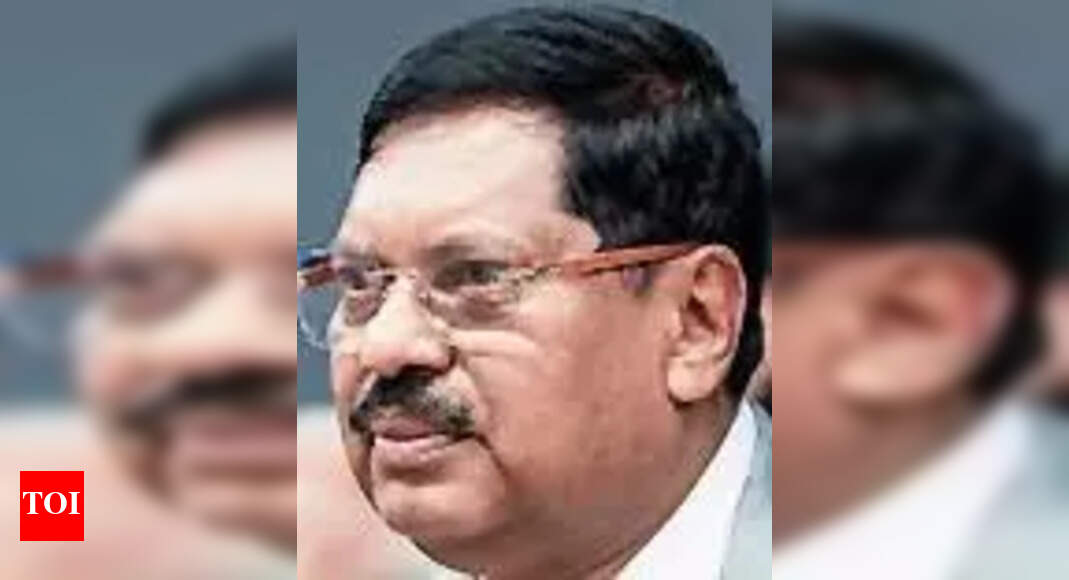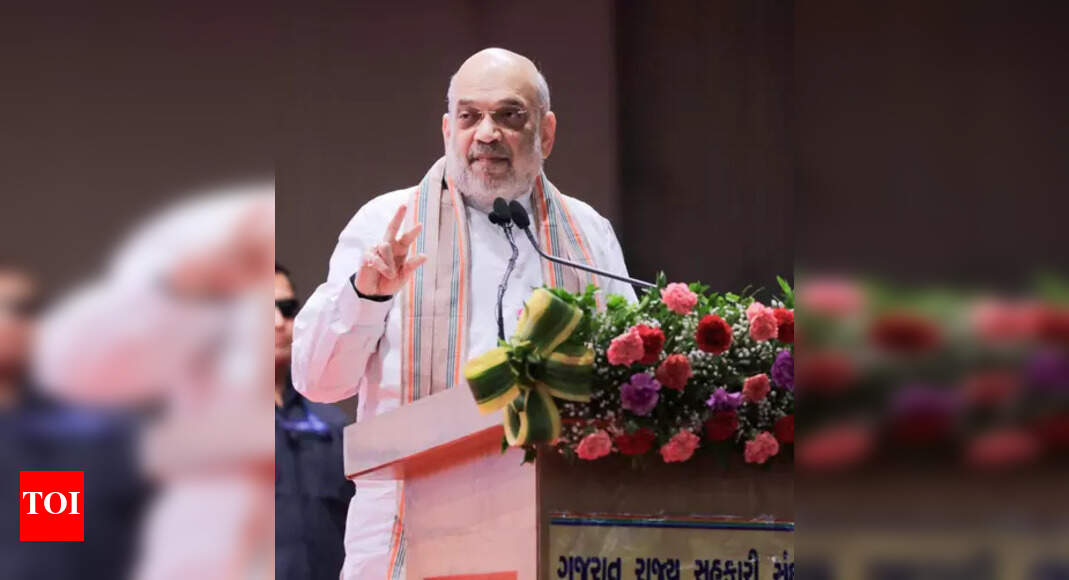Now Reading: CJI Asserts Equality of Government Branches, Constitution as Supreme Authority
-
01
CJI Asserts Equality of Government Branches, Constitution as Supreme Authority
CJI Asserts Equality of Government Branches, Constitution as Supreme Authority

Rapid Summary
- Chief Justice of India Bhushan Gavai emphasized that the Constitution of India is “supreme” and neither the judiciary, executive nor legislature has an upper hand.
- Justice Gavai called for all three constitutional organs to work collaboratively, respecting each othre’s functions under the Constitution.
- He highlighted Parliament’s power to amend the Constitution but noted it cannot alter it’s “basic structure,” a doctrine protecting fundamental features such as rule of law and judicial independence.
- His remarks followed recent tensions over timelines set by SC for Governors and Presidents regarding State Bills, which led President murmu to invoke Article 143(1) of the Constitution seeking clarity on SC jurisdiction in this area.
- The Presidential Reference stemmed from controversial delays by governors in clearing Tamil Nadu bills; conflicting judgments exist on whether presidential assent under Article 201 is justiciable.
- Justice Gavai reiterated concerns over judicial overreach into executive functions but defended key rulings he made, including those upholding fundamental rights like shelter against bulldozer demolitions.
!CJI says all three wings equal
Indian Opinion Analysis
Justice Bhushan Gavai’s remarks underscore an ongoing dialogue about maintaining institutional balance within India’s democracy while safeguarding constitutional supremacy through mutual respect among its branches-judiciary, executive, and legislature. His commentary serves as a reminder of the critical “basic structure” doctrine that protects foundational principles integral to governance stability.
The discussion triggered by conflicting views on judicial timelines for President or Governor actions exemplifies unresolved tensions between constitutionally outlined powers and alleged judicial overreach-a debate requiring nuanced resolution through legal clarity without encroachment upon separation-of-powers principles.
From ensuring housing rights amidst demolitions to addressing concerns in strife-torn Manipur communities, his reflections also hint at broader implications regarding how justice contributes both practically and symbolically toward social harmony in India’s complex socio-political landscape.






















